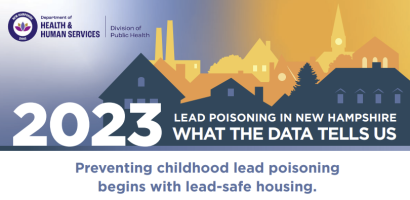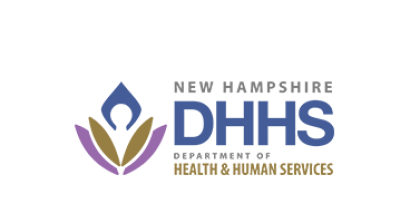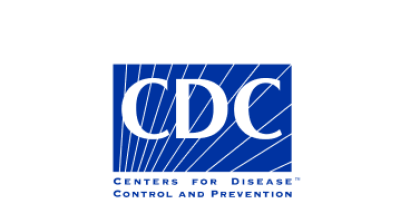
Lead exposure continues to affect the health of children and families in New Hampshire. The most common source of exposure for young children in the US is lead paint in older homes. Although lead-based paints were banned in residential buildings in 1978, more than 32,350 New Hampshire children still live in homes that contain harmful levels of lead.
Why It Matters
Lead exposure in young children can cause developmental delays, cognitive deficits, learning disabilities, and behavior challenges. The amount of lead dust that can poison a child is so tiny you can’t see it on hands, toys, pacifiers, floors, and other surfaces. Crawling, sitting, and putting hands and toys in their mouths put young children at high risk for lead exposure. There are few signs or symptoms that a child is being exposed to lead - the only way to know is to test.
By the Numbers
32,350
children live in homes that were built before 1978 and may contain harmful levels of lead.
1,142
NH children were poisoned from lead in 2023, resulting in elevated blood lead levels high enough to impair their ability to think, learn, and concentrate.
76%
Only 76% of one-year-olds and 69% of two-year-olds were screened for lead in 2023.
70%
of lead exposure for young children in the US is caused by lead paint in older homes.
Our Impact
In 2018, New Futures championed the legislation that required free lead testing for all one- and two-year-olds in New Hampshire. In 2023, we contributed to legislation that required Lead-Safe Certificates for new rental housing units and child care facilities in buildings constructed before 1978. During the 2024 legislative session, we worked with our partners to remove financial barriers to lead testing by passing legislation that requires insurance companies to cover the full cost of lead testing at one and two years old, and any follow-up testing needed as a result of elevated blood lead levels. This 2024 law change will go into effect on September 1, 2024.




